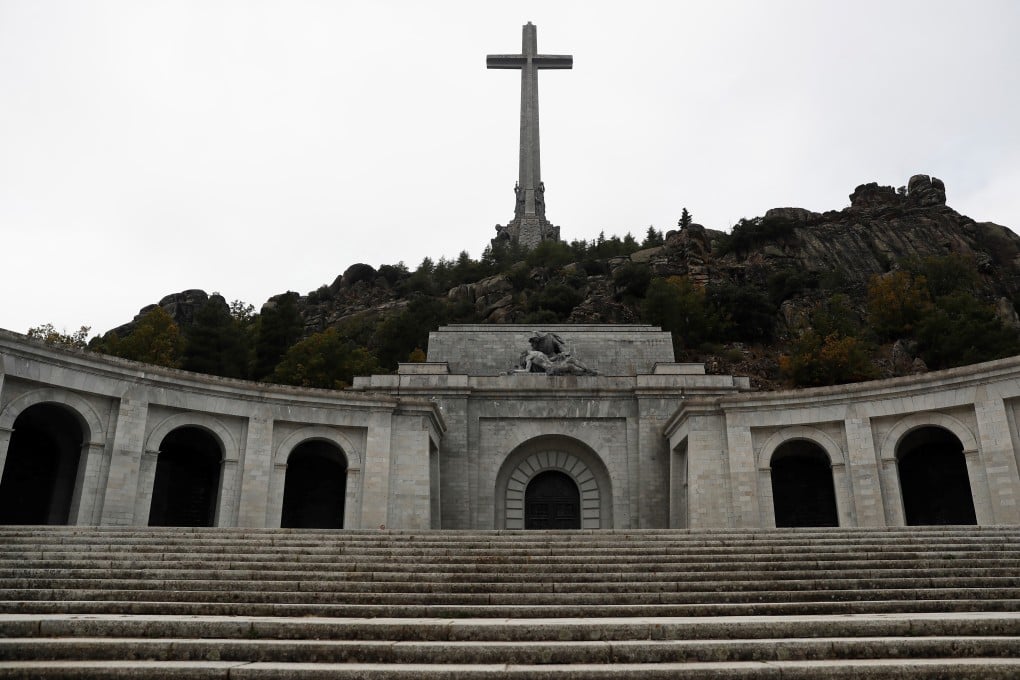Reflections | Shenzhen is home to the tomb of the last emperor of China’s Southern Song dynasty
- A modest mausoleum in the city’s Chiwan District is the alleged resting place of Zhao Bing, who was still a child when his dynasty fell

High up in the Sierra de Guadarrama mountains, on the outskirts of Madrid, a tomb in a mausoleum was opened last month. By order of the Spanish government, which was upheld by the Supreme Court, the body of General Francisco Franco, who ruled Spain from 1939 to 1975, was exhumed and reburied next to his wife in a municipal cemetery.
Officially inaugurated in 1959, the Valle de los Caídos (“Valley of the Fallen”) mausoleum is a grand monument adorned with statues, mosaics, tapestries and a towering 150-metre-high cross. Franco was not the only person interred in the mausoleum, but he was certainly the most famous and controversial.
After decades of resisting the Mongols, the Southern Song dynasty finally capitulated in 1276, when Grand Empress Dowager Xie and the five-year-old Emperor Gong formally surrendered to the Mongol commander Bayan at the capital Linan (present-day Hangzhou). Determined to keep the dynasty alive, a group of loyalists escaped to the south with two of Gong’s half-brothers and what was left of the Southern Song army.

The older prince, Zhao Shi, aged seven, was enthroned in Fuzhou four months later. But the loyalists were no match for the Mongol army and retreated further south. When Zhao Shi, known in history as Emperor Duanzong, died two years later, in what many believe to be present-day Mui Wo, on Lantau Island, his half-brother Zhao Bing was made emperor.

